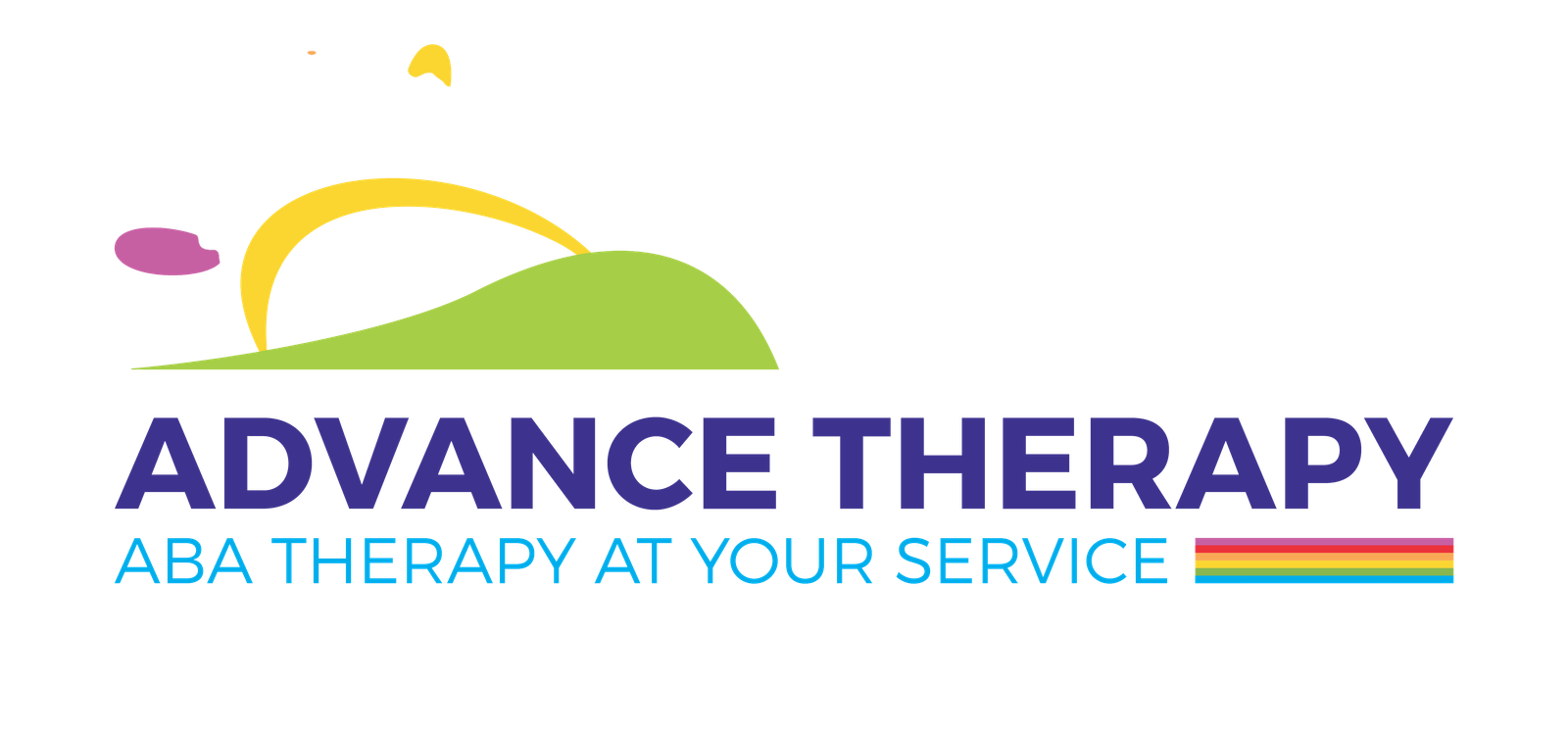Understanding School Readiness
School readiness is a multifaceted concept that goes beyond mere academic knowledge. It involves the development of:
Cognitive skills: problem-solving, memory, attention, and comprehension
Social skills: cooperation, sharing, turn-taking, and conflict resolution
Communication skills: verbal and nonverbal expression, listening, and understanding
Emotional regulation: managing frustration, anxiety, and adapting to routines
Adaptive behaviors: self-care, following directions, and independent decision-making
Children who are ready for school are not only able to perform academically but also navigate social and emotional challenges effectively. ABA therapy targets these critical areas, creating a strong foundation for success.
The Role of ABA in Early Development
Applied Behavior Analysis (ABA therapy) is a scientifically validated approach that examines the relationship between behavior and the environment. It emphasizes:
Behavioral observation: Identifying target behaviors and skills
Positive reinforcement: Encouraging desirable behaviors through rewards
Data-driven interventions: Continuous monitoring to assess progress and adjust strategies
Individualized programming: Tailoring interventions to each child’s unique needs
For children preparing for school, ABA therapy focuses on building essential skills that support both academic learning and social integration.
Key Areas Where ABA Supports School Readiness
1. Communication Skills
Communication is foundational to school success. Children need to express needs, ask questions, and interact with teachers and peers. ABA therapy supports communication through techniques such as:
Verbal Behavior Interventions: Encouraging the use of words to request, comment, or share information
PECS (Picture Exchange Communication System): Helping nonverbal children communicate through images
Modeling and Prompting: Demonstrating desired language use and providing cues for correct responses
By enhancing communication skills, ABA therapy reduces frustration, fosters independence, and encourages meaningful social interactions in classroom settings.
2. Social Interaction
Peer relationships are central to school readiness. Children must learn to share, take turns, and interpret social cues. ABA therapy strengthens social competence by:
Teaching cooperative play and group participation
Reinforcing positive interactions and appropriate responses to peers
Using social stories and role-playing to model acceptable behavior
As a result, children develop the confidence to engage with classmates, participate in group activities, and form supportive social networks.
3. Emotional Regulation
Managing emotions is crucial for navigating classroom challenges. Children who struggle with frustration, anxiety, or impulsivity may have difficulty learning. ABA therapy provides strategies for:
Identifying emotions: Recognizing feelings in oneself and others
Coping mechanisms: Practicing self-soothing, deep breathing, or asking for help
Behavioral interventions: Replacing maladaptive behaviors with constructive responses
Improved emotional regulation allows children to adapt to school routines, respond appropriately to challenges, and build resilience.
4. Academic Readiness
While social and emotional skills are essential, academic preparation cannot be overlooked. ABA therapy enhances school readiness by:
Teaching pre-academic concepts such as colors, shapes, numbers, and letters
Strengthening attention and focus, enabling children to follow instructions and complete tasks
Encouraging problem-solving and critical thinking, fostering intellectual growth
Through structured, individualized instruction, children gain the confidence and skills necessary to thrive in formal education settings.
5. Adaptive and Self-Help Skills
Independence is a hallmark of school readiness. Children must manage daily routines and personal needs. ABA therapy promotes adaptive behaviors by teaching:
Self-care skills: Dressing, feeding, and hygiene
Classroom routines: Packing, organizing, and following schedules
Decision-making: Choosing appropriate behaviors and solving minor problems independently
These competencies reduce reliance on adults and enhance a child’s ability to function successfully in a classroom environment.
How ABA Therapy is Implemented for School Readiness
Individualized Assessment
Effective ABA therapy begins with a detailed assessment. Professionals identify:
Strengths and weaknesses in cognitive, social, and communication skills
Specific behaviors that may impede school success
Environmental factors influencing behavior
This assessment guides the creation of a personalized intervention plan, ensuring that therapy targets the most critical areas for school readiness.
Data-Driven Approach
Progress in ABA therapy is meticulously tracked. Therapists collect quantitative and qualitative data on skill acquisition and behavioral changes. This approach allows for:
Adjusting interventions based on measurable outcomes
Identifying strategies that work best for each child
Ensuring continuous progress toward school readiness goals
Structured Learning Environment
Children benefit from a predictable, structured environment that mirrors classroom settings. Techniques include:
Task analysis: Breaking complex tasks into smaller, manageable steps
Chaining: Teaching sequential skills, such as handwashing or completing an assignment
Reinforcement schedules: Rewarding progress to strengthen desired behaviors
This structure prepares children for the routines, expectations, and social norms of school life.
Collaboration with Educators
Integration with school systems is essential. ABA therapists often collaborate with teachers to:
Adapt classroom strategies to support learning
Provide individualized behavioral plans
Train staff to implement consistent interventions
Collaboration ensures that skills learned in therapy generalize to the school environment, maximizing readiness and long-term success.
Evidence Supporting ABA for School Readiness
Research consistently demonstrates the effectiveness of ABA therapy in preparing children for school. Key findings include:
Improved communication and language skills
Enhanced social interaction and peer relationships
Reduced maladaptive behaviors, including aggression or noncompliance
Increased independence and adaptive functioning
Children who receive early ABA therapy often show accelerated learning, greater classroom engagement, and better long-term academic outcomes compared to peers who do not receive targeted interventions.
Practical Tips for Parents
Parents play a vital role in reinforcing ABA therapy strategies at home. Practical tips include:
Consistency is key: Implement routines and behavioral strategies learned in therapy consistently at home.
Reinforce positive behavior: Use praise, tokens, or rewards to motivate skill acquisition.
Practice social skills: Arrange playdates or structured group activities to encourage peer interaction.
Support communication: Encourage children to express needs verbally or through alternative communication methods.
Collaborate with therapists: Attend sessions, ask questions, and integrate therapy recommendations into daily life.
Parental involvement strengthens skill retention and helps children apply what they learn in real-world settings, reinforcing school readiness.
Overcoming Challenges
While ABA therapy is highly effective, some challenges may arise:
Behavioral resistance: Some children may initially resist structured interventions. Patience, consistency, and gradual exposure can help.
Resource limitations: Access to trained therapists may be limited. Teletherapy or parent training programs can help bridge gaps.
Generalization of skills: Skills learned in therapy may not automatically transfer to school. Collaboration with teachers and real-life practice is essential.
Addressing these challenges ensures that children fully benefit from ABA therapy and achieve optimal school readiness.
The Long-Term Impact
School readiness is just the beginning. ABA therapy lays the groundwork for lifelong learning, social competence, and emotional resilience. Children who receive early, targeted interventions often demonstrate:
Increased academic achievement
Stronger social and communication skills
Greater independence and self-confidence
Improved adaptability to new environments
By investing in ABA therapy, parents and educators provide children with the tools to not only succeed in school but also navigate life’s challenges with confidence.
Conclusion
Applied Behavior Analysis (ABA therapy) is a powerful, evidence-based approach that supports every aspect of school readiness. From communication and social interaction to emotional regulation and adaptive skills, ABA therapy equips children with the competencies necessary to thrive in classroom settings. Through individualized programming, structured interventions, and data-driven strategies, children develop independence, confidence, and a love for learning.
Parents and educators play a critical role in reinforcing these skills, collaborating with therapists, and ensuring that interventions generalize across home and school environments. Early implementation of ABA therapy not only prepares children for the immediate challenges of school but also lays the foundation for long-term academic, social, and emotional success. For families seeking to give their children the best start in life, ABA therapy is not just an option—it is a transformative pathway to school readiness and lifelong achievement.


